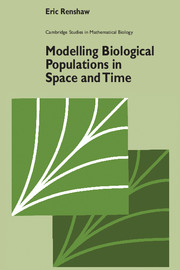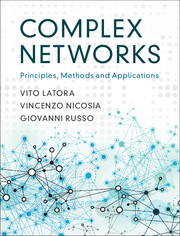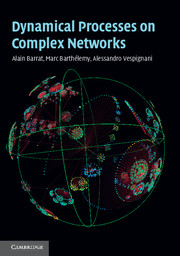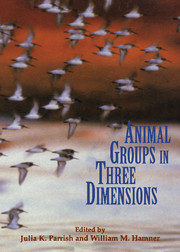Modelling Biological Populations in Space and Time
This volume develops a unifying approach to population studies, emphasising the interplay between modelling and experimentation. Throughout, mathematicians and biologists are provided with a framework within which population dynamics can be fully explored and understood. Aspects of population dynamics covered include birth-death and logistic processes, competition and predator-prey relationships, chaos, reaction time-delays, fluctuating environments, spatial systems, velocities of spread, epidemics, and spatial branching structures. Both deterministic and stochastic models are considered. Whilst the more theoretically orientated sections will appeal to mathematical biologists, the material is presented so that readers with little mathematical expertise can bypass these without losing the main flow of the text.
- Unifies modelling and experimental approaches to population dynamics
- Presentation allows readers with little mathematical expertise to skip theoretical chapters without losing the flow of the book
- New paperback format will put the price within reach of many more potential readers
Product details
August 1993Paperback
9780521448550
424 pages
227 × 150 × 30 mm
0.597kg
Available
Table of Contents
- Preface
- A list of symbols and notation
- 1. Introductory remarks
- 2. Simple birth-death processes
- 3. General birth-death processes
- 4. Time-lag models of population growth
- 5. Competition processes
- 6. Predator-prey processes
- 7. Spatial predator-prey systems
- 8. Fluctuating environments
- 9. Spatial population dynamics
- 10. Epidemic processes
- 11. Linear and branching architectures
- References
- Author index
- Subject index.






